While national parks such as the Picos de Europa, Doñana and Ordesa y Monte Perdido are expected to be more popular this summer, there are also less popular but incredible natural parks where social distancing and getting away from the crowds is easier.
In case you were wondering, the main difference between national parks and natural parks is that the first tend to receive more protection from Spanish authorities as they contain endemic flora and fauna species that only exist in that particular place.
Sierra de Grazalema, Andalusia
A UNESCO World Biosphere and Andalusia’s first natural park, Sierra de Grazalema lies in the north-eastern corner of the province of Cádiz. Craggy peaks tower over turquoise lakes and verdant meadows. Rivers and waterfalls make it a great spot to get some respite from the summer heat. Canyoning, hiking and abseiling are all popular pursuits here.
There are also two important caves to visit, the Cueva de la Pileta with its historic cave paintings and Cueva del Gato, next to a river with a natural swimming hole.

Montseny Natural Park, Catalonia
Montseny is a natural park and mountain range, which lies to the north of Barcelona. It’s accessible by car or by train in just two hours. The park is characterised by high mountains, deep ravines, forests, cliffs and rivers.
A UNESCO designated biosphere, there’s water everywhere you look in the park, from waterfalls to lakes and ideal spots for wild swimming. Montseny can be discovered by foot on its many hiking trails or even by mountain bike or on horseback. There are also several villages within the park, which make for picturesque places to explore.
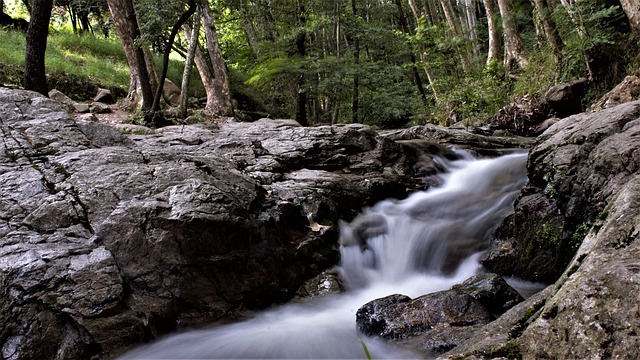
Redes Natural Park, Asturias
Redes Natural Park lies close to the Picos de Europa, but because of this, it receives far fewer visitors. The park is no less stunning however, home to huge swathes of forested areas and undulating peaks. It’s a great park for hiking and wildlife spotting, being home to bear, otter, red deer and wild boar. It’s also ideal for bird enthusiasts, home to over 130 different species, from the Egyptian vulture to the golden eagle.
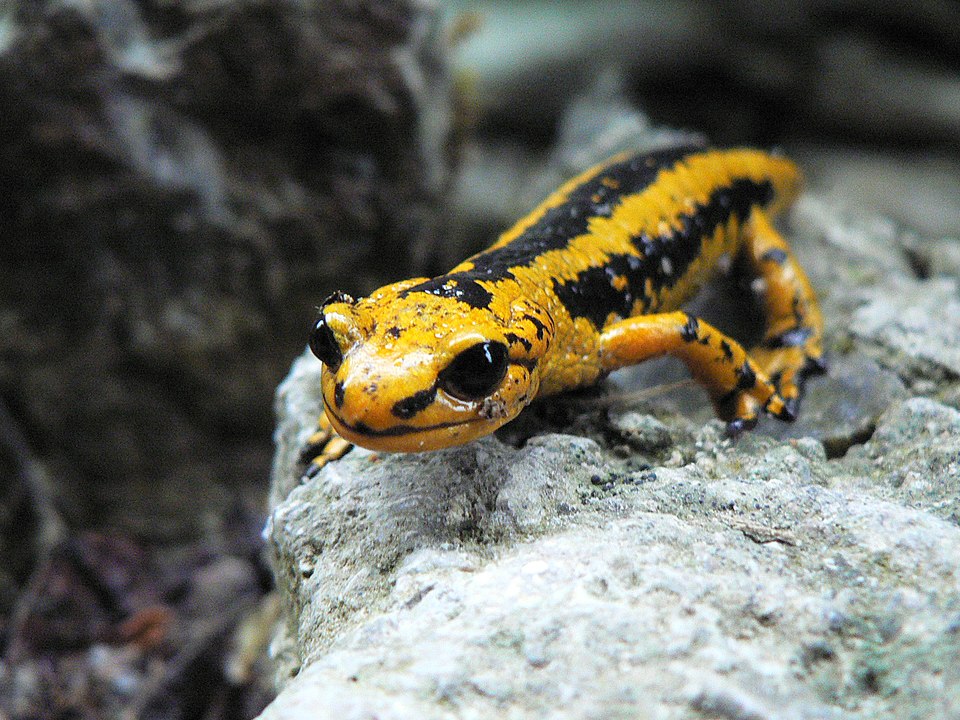
Somiedo Natural Park, Asturias
Located 40 kilometres southwest of Oviedo in Asturias, nestled in the Cantabrian Mountains, lies the Somiedo Natural Park. Spanning five valleys, it covers an area of 283 square kilometres. Strewn with bottle-green forests, punctuated by refreshing rivers and glacial lakes and lush meadows, it’s quite a sight to behold.
With numerous trails around the park, it’s ideal to explore on foot. There are also opportunities for cycling and horse riding. A must-visit for nature-lovers, the park is home to a population of brown bears, as well as wolves, deer and over 100 different species of birds, from kingfishers to vultures and storks. What makes this park unique are the 500 cabanas de teito de escoba, thatched stone cabins scattered throughout the park, which are used as shelters for nomadic herdsmen.
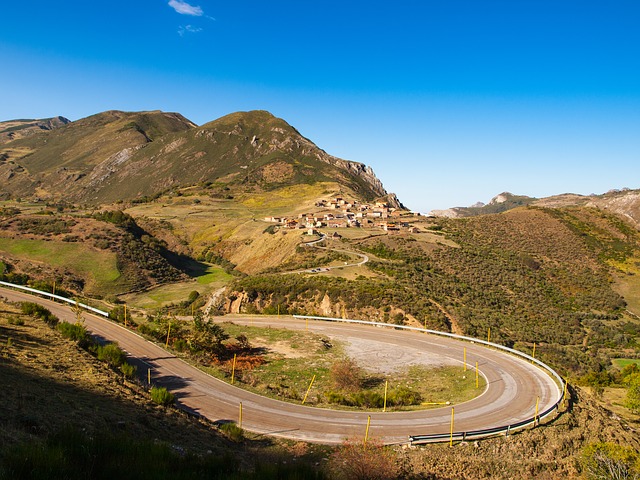
Sierra Cadí-Moixero, Catalonia
This natural park and mountain range lies in the pre-Pyrenees, just south of Andorra. It’s the largest park in Catalonia, meaning there’s plenty of space to keep away from other visitors. Think limestone massifs, forest covered valleys and Alpine-style wildflower meadows. The park is particularly popular with rock climbers, as there are lots of ideal spots along the limestone peaks. Bird watchers will also enjoy this park, home to golden eagles, peregrine falcons and griffon vultures, among others.

Fragas do Eume, Galicia
An Atlantic forest situated near the coast of the Rías Altas, the park covers 9,000 hectares and runs along the Eume River. It’s an almost magical-looking fairy landscape of ferns, moss-covered rocks and lichen-carpeted trees. There are several trails to explore this mystical thousand-year-old forest, as well as several ancient monasteries to visit along the way.

Sierra de las Nieves, Andalusia
Situated in the mountains above Marbella and to the east of Ronda, the Sierra de las Nieves is a maze of caves, deep gorges, sinkholes and natural springs. A lush area, it’s home to over 1,500 different species of plants from juniper and cork to carob and chestnut trees. Filled with waterfalls, it’s easy to keep cool here too. There are several hiking trails throughout the park, as well as activities such as canyoning and caving.

READ ALSO:

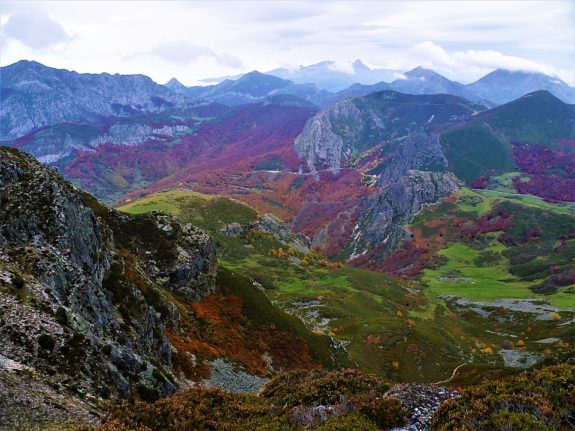

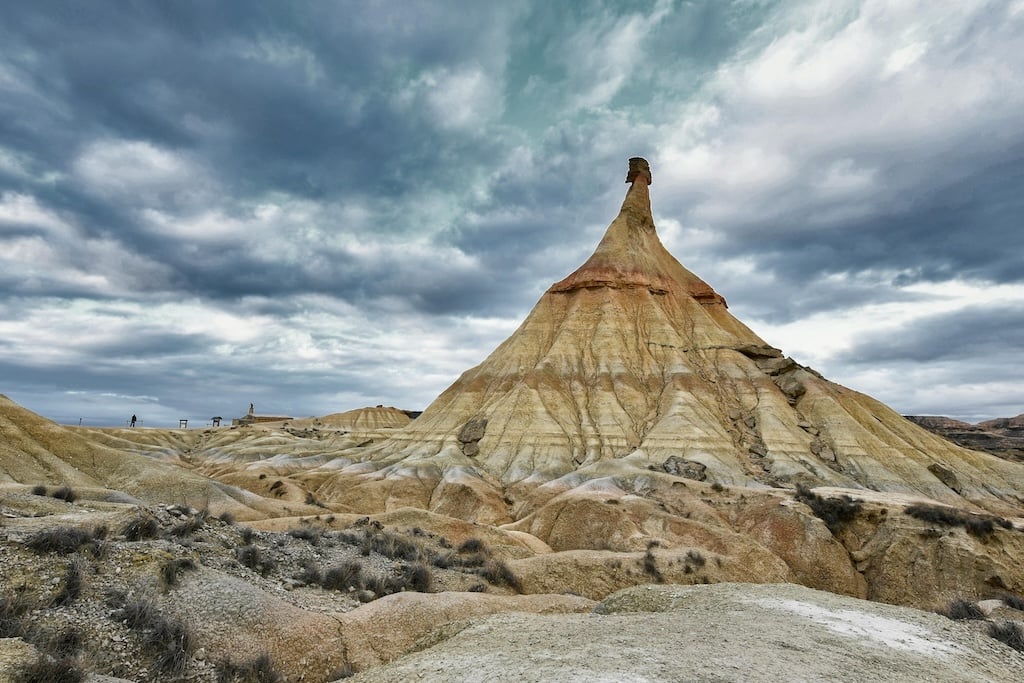


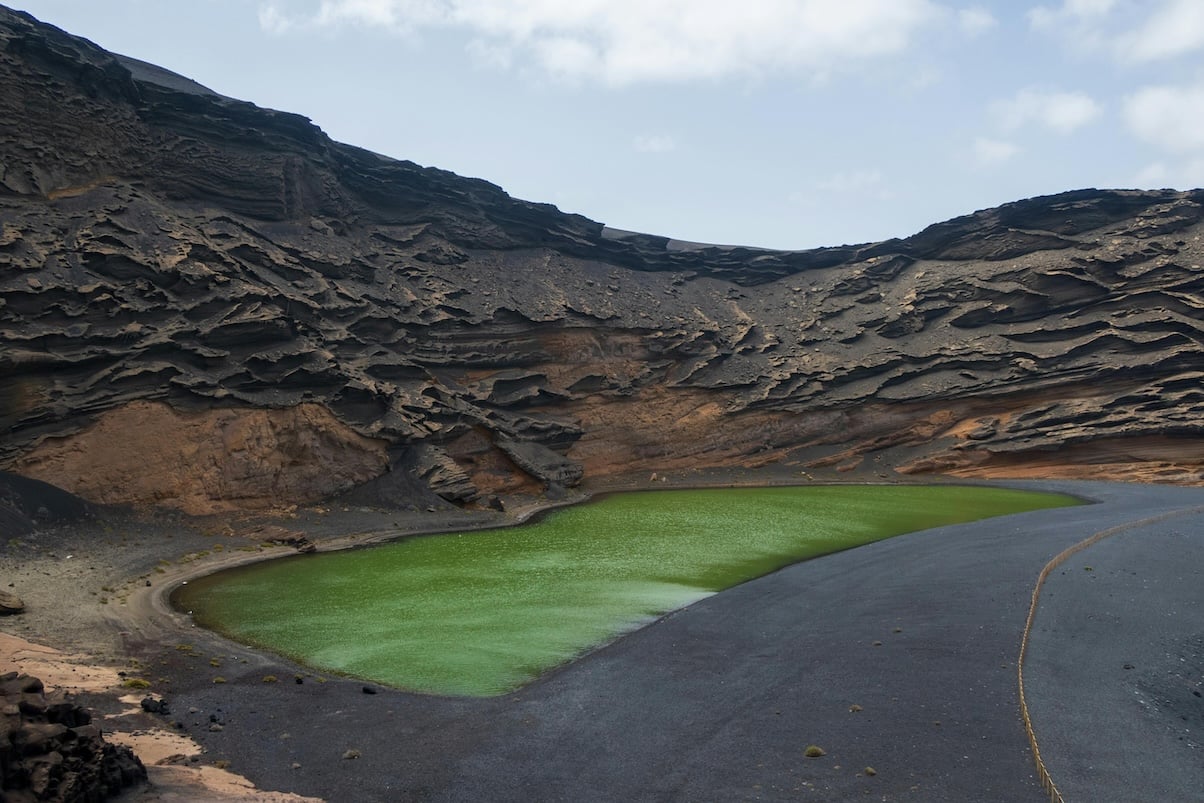
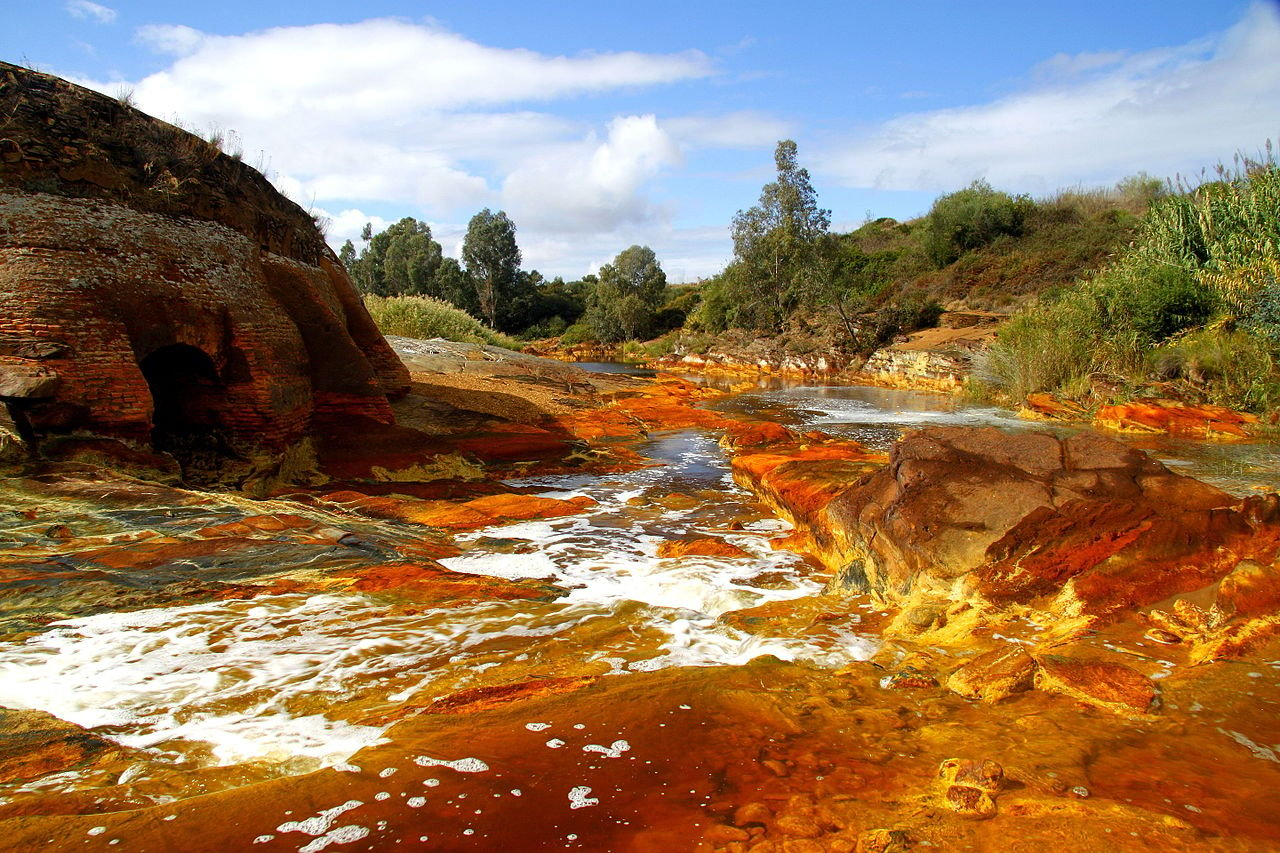
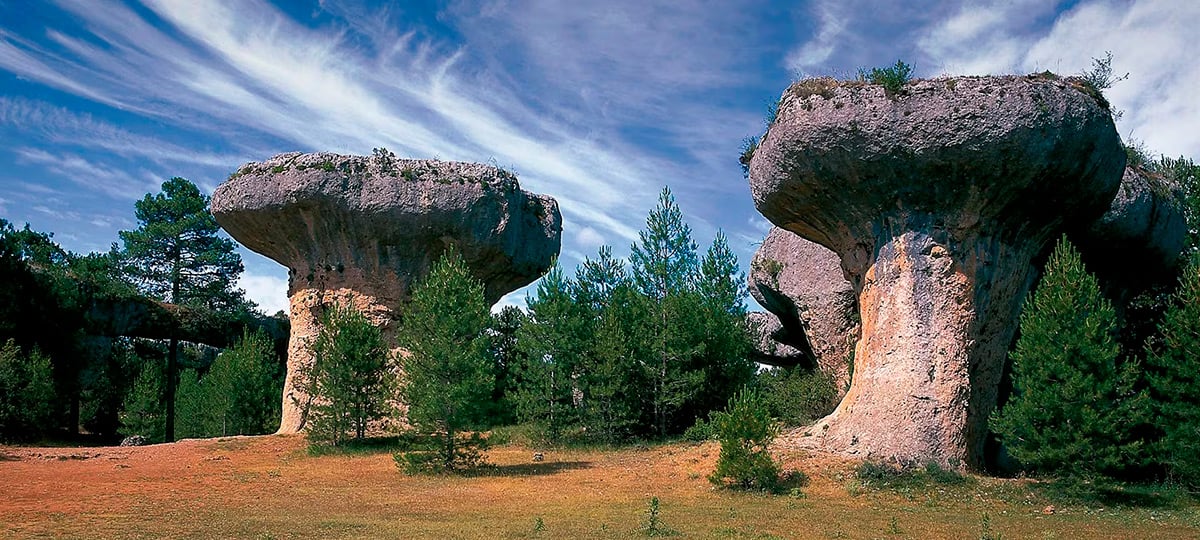



 Please whitelist us to continue reading.
Please whitelist us to continue reading.
Member comments